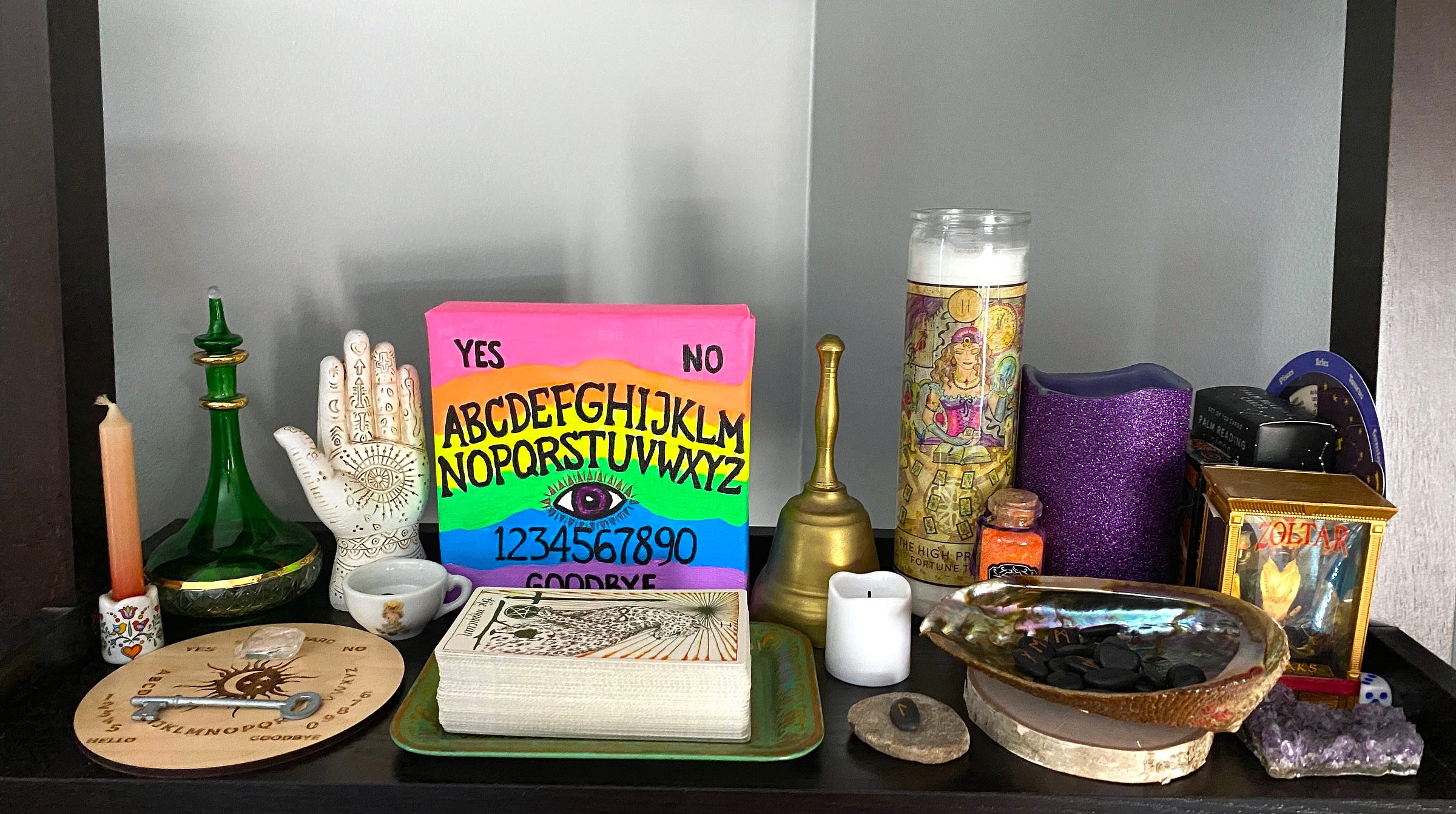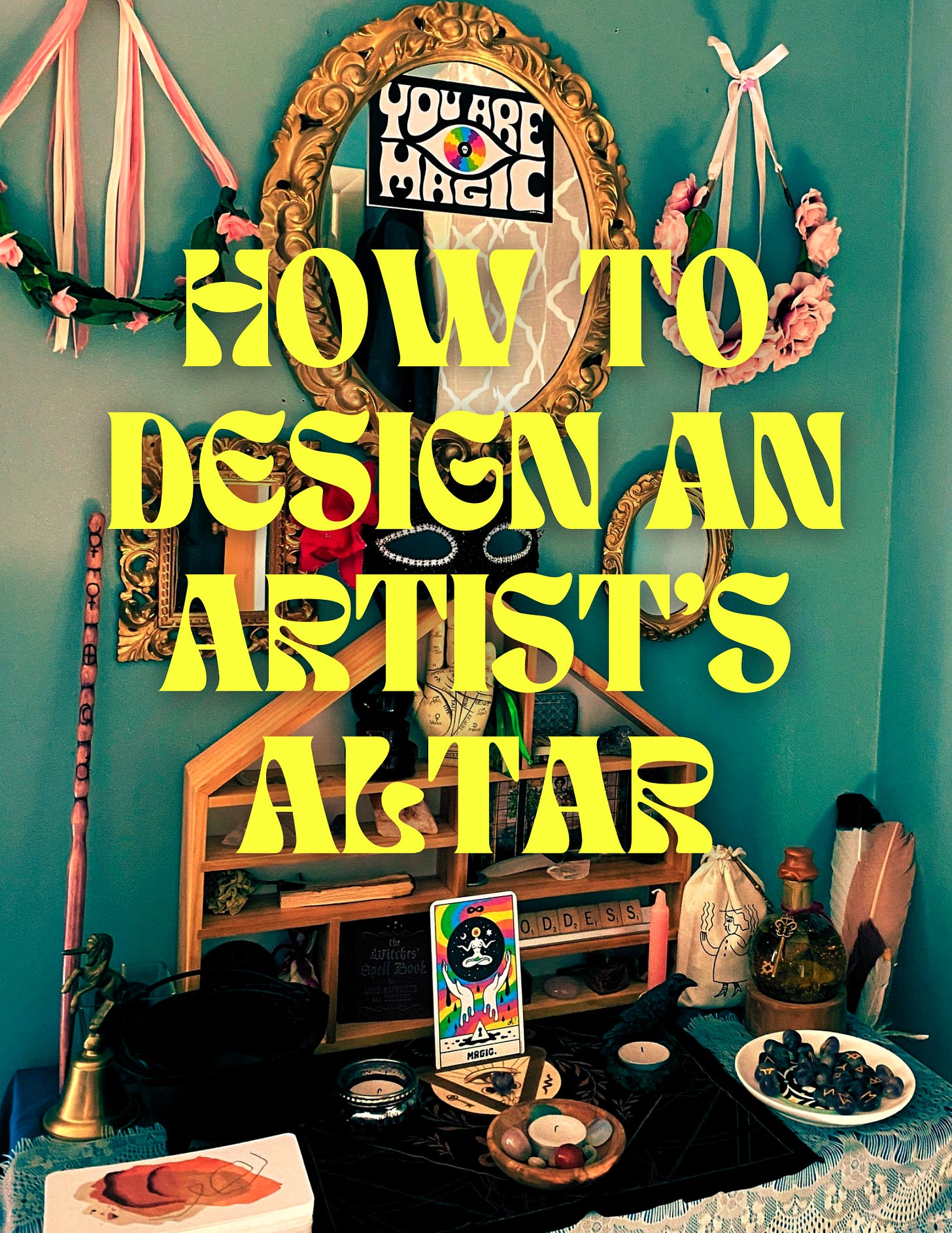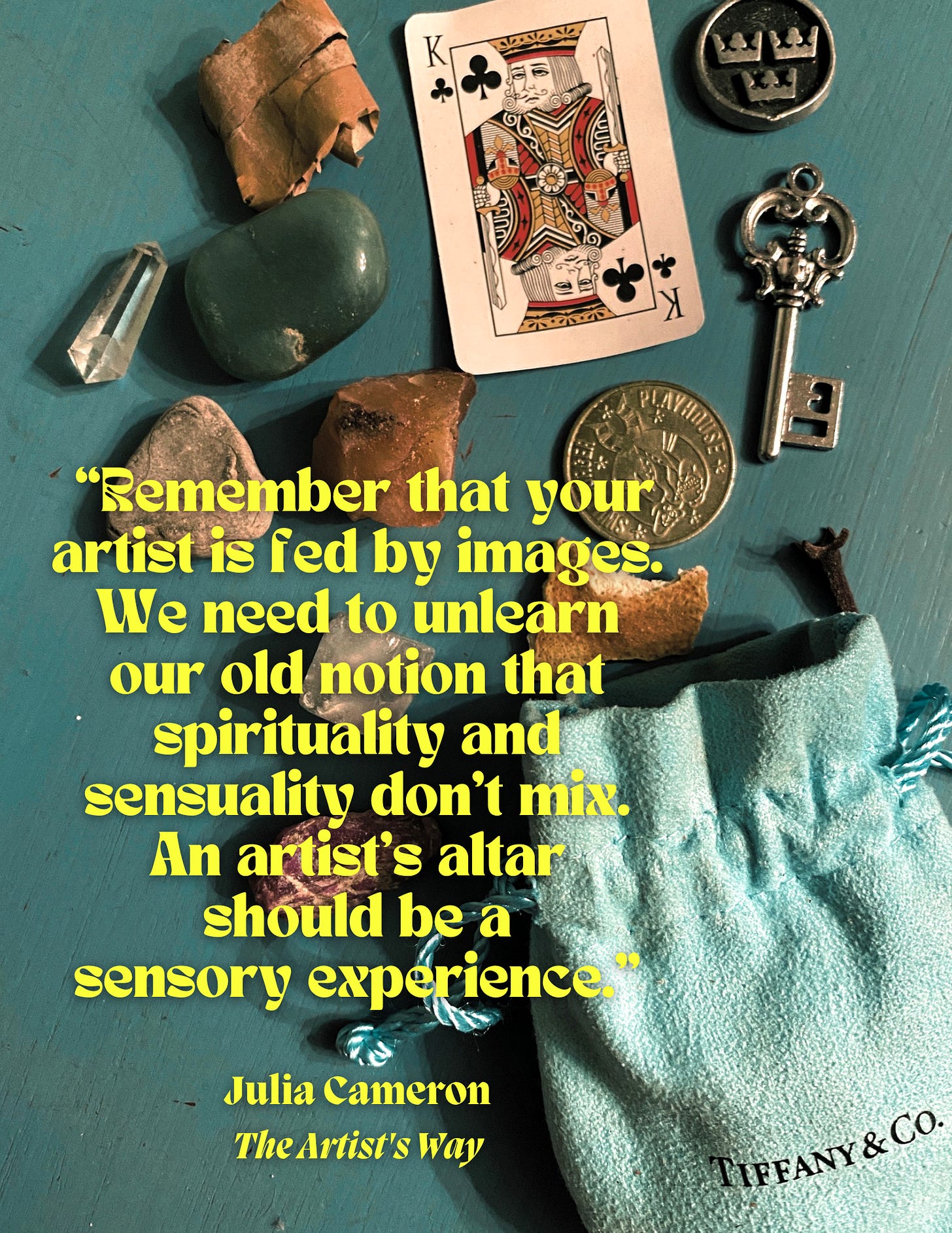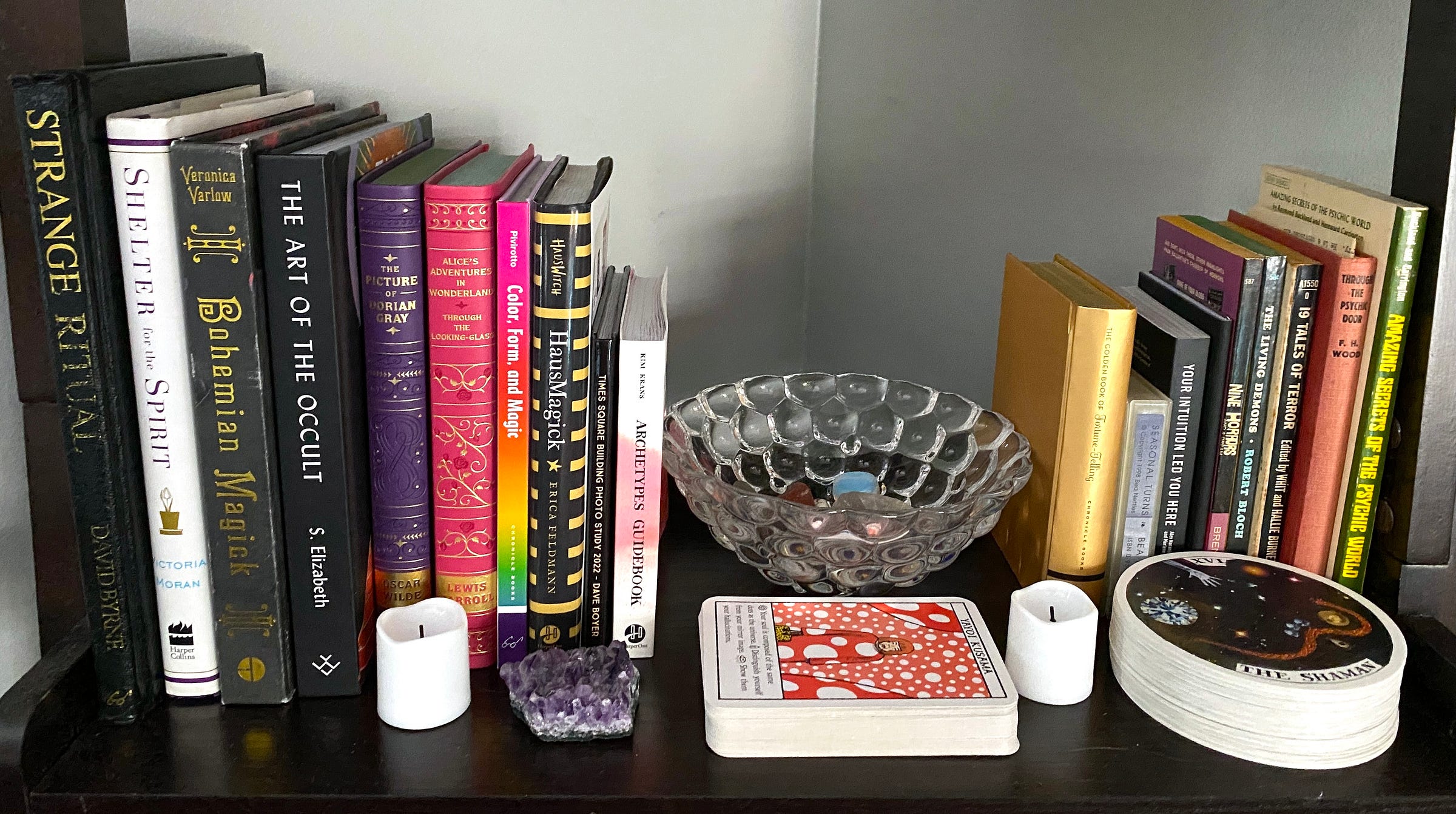We’re in the home stretch in The Artist’s Way. Week 11 is dedicated to recovering a sense of autonomy and finding new ways of expressing our creativity.
Artists, especially those with ambitions to do their work on some professional level, can easily get bogged down on the business side of creation. But too much attention to our cash flow or marketing ourselves, says Cameron, “can stifle the child within, who gets scared and angered” when we put aside our creativity.
“Since my artist is a child,” Cameron continues, “the natural child within, I must make some concessions to its sense of timing.” This doesn’t mean being irresponsible or abandoning the business side of art, if that’s relevant to us. But it does mean taking time out to make things, giving that inner child enough quality time so that it will listen when the less exciting work takes priority.
Getting in touch with our inner child requires a sense of play. These two articles originally appeared in Issue 3 of my zine, The Muse Manifesto, and are aimed at helping you do exactly that.
How to Design an Artist’s Altar
You probably have someplace you like to do your creative work. That might be in a home office, an art studio, a rehearsal space, or maybe simply a desk tucked into a cozy corner in your home. Wherever you like to ideate and create, you have the potential to turn it from mundane to magical by creating an altar.
What is an altar?
An altar is a space that reflects an intention you have and serves as a physical reminder of that vision. It can be as large as an entire room or as small as an old candy tin.
There are some guides out there that specify the exact ingredients of an altar. For certain spiritual paths, this may be true. But an altar — especially a creative’s altar — can be anything you envision. It should serve as a space of inspiration and nourishment for your highest creative self. And that means it can look however you want it to.
Building an artist’s altar
Julia Cameron discusses building an artist’s altar in her book The Artist’s Way, which delves into how to discover (or recover) your creativity.
Cameron explains that an artist’s altar (or a writer’s altar, or a performer’s altar… you get the idea) should be “fun to look at,” tactile, and perhaps even a bit shiny and gaudy.
“Your artist is fed by images,” Cameron writes. “An artist’s altar should be a sensory experience.”
“We are meant to celebrate the good things of this earth. Pretty leaves, rocks, candles, sea treasures — all these remind us of our creator.”
— Julia Cameron, The Artist’s Way
What can an altar include?
An altar can be as simple or as complex as you desire. You can build this altar on a table, at your desk, on a shelf, or even in a small box or tin to carry with you. In fact, you can select just a single object to place somewhere you will see it daily. Think about your choice carefully. What is this object? What is its significance? How does it connect to your creativity?
Here are a few objects you might add to an altar:
Your favorite crystal
A stone, leaf, or flower you found on a walk
A “lucky” object
A picture of someone you love
A scroll of wishes for the future
An item that relates to what you create (e.g., a paint brush, a pen, a photo you’ve taken, a small crocheted object, etc.)
If you already have an altar for yourself, see if you can rearrange the items or place something new in the space. Also, take an inventory: are the items on your altar reflective of who you are and what you want at this moment? With an altar, less can be more if you find clutter distracting you from your creative work.
“Remember, the artist child speaks the language of the soul: music, dance, scent, shells…”
— Julia Cameron, The Artist’s Way
What else can you do with your altar?
An altar serves as a place for setting intentions, performing rituals, praying, or other spiritual practices, if you have them. It can also be a simple physical reminder of the things you want to do and the reality you want to create for yourself.
From The Artist’s Way: “Small rituals, self-devised, are good for the soul. Burning incense while reading affirmations or writing them, lighting a candle, dancing to drum music, holding a smooth rock and listening to Gregorian chant — all of these tactile, physical techniques reinforce spiritual growth.”
These are just a few ideas. If you have a ritual or activity you would enjoy more to get in the mood to create, then go with that. Choose an activity to do not just to honor your altar but to honor yourself and the growth that you’re bringing to your life through your art.
13 Simple Rituals to Catalyze Your Creativity
Set the tone for your creativity (and consecrate in your artist’s altar) with these simple rituals:
Play your favorite album, close your eyes, and let your imagination run wild.
Put on a song you love to dance to and get moving.
Light a candle and see if you can identify any shapes or images in the flame.
Pull a tarot or oracle card and ask what message the card holds for your current project.
Free write at least three pages in your journal.
Do a contour/one-line drawing of an object near you.
Describe in one sentence each the five senses as you experience them in the present moment.
Open a book to a random page and see what message it holds for you.
Choose ten sentences at random from a favorite book, write them down, and then rearrange some or all of the words to create a poem or short-short story.
Recall a recent dream you had and create a work of art (story, poem, painting, etc.) based on it.
Draw three to five tarot cards and tell a story about the figure(s) on the cards.
Take a page from an old book or magazine and cross out all but ten to twenty words to tell a new short-short story.
Think of a magical “job title” you could give yourself (e.g., Watercolor Alchemist, Empress of Books, Poetry Priestess, etc.), then put it in your social media bio and/or make a nametag for your desk.
See you next week to wrap up The Artist’s Way. In the meantime, catch up on the other entries.






